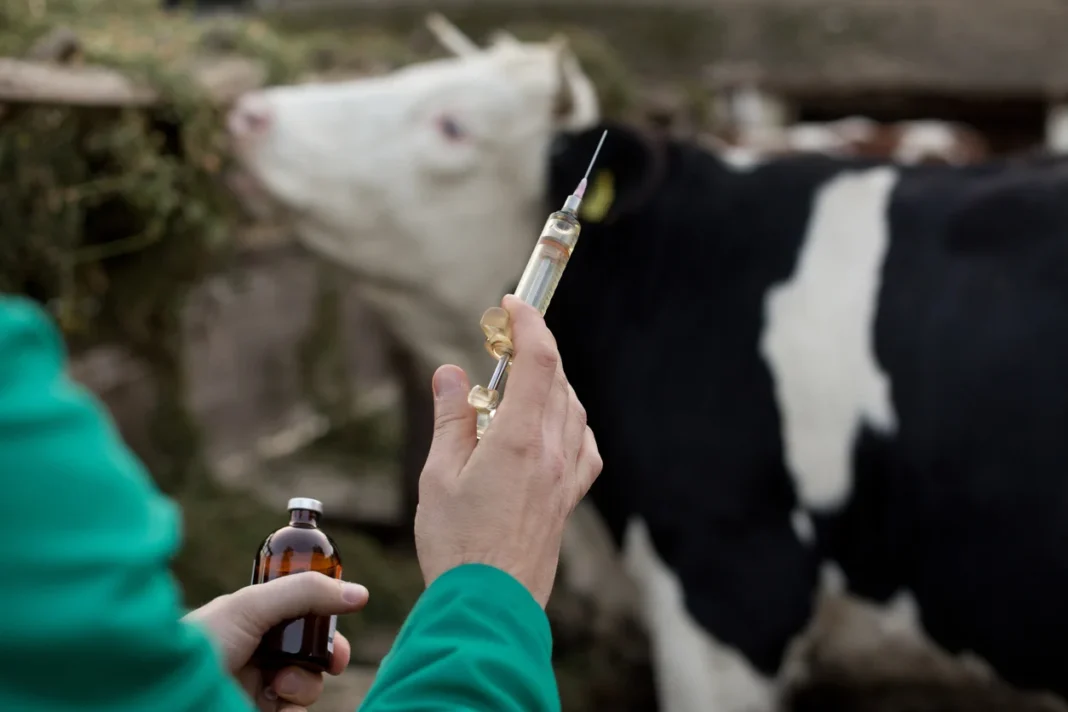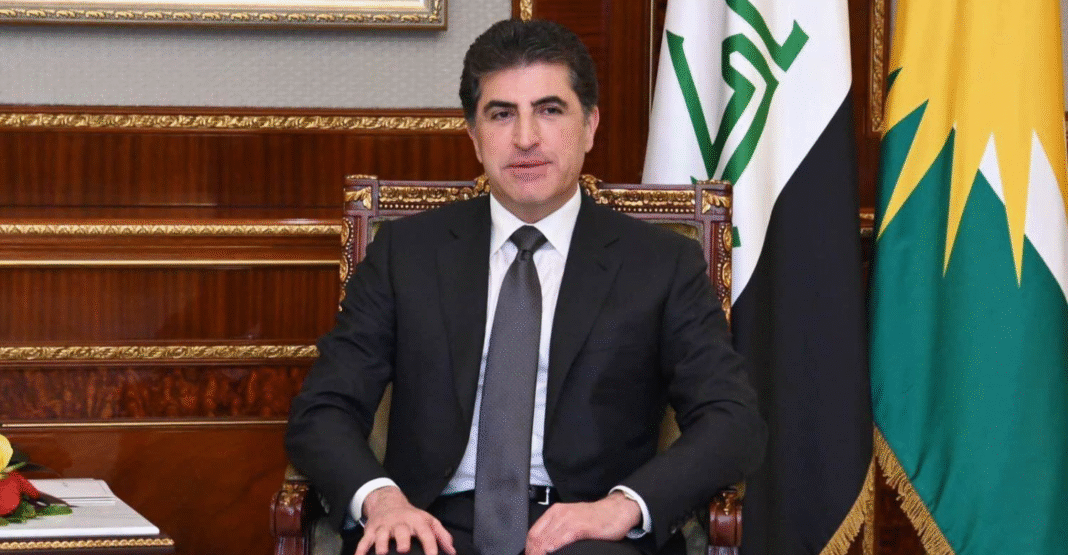Iraq faces rising hemorrhagic fever deaths in 2025, highlighting an urgent public health challenge. Iraq’s rise in hemorrhagic fever deaths underscores the need for stronger prevention measures and public awareness.
The Iraqi Ministry of Health reported that 42 people have died out of 296 confirmed cases since January. Moreover, the ministry urged citizens to implement strict precautions when interacting with livestock to reduce virus transmission. According to the World Health Organization, Crimean-Congo hemorrhagic fever spreads through tick bites or contact with infected animals’ blood or tissues, especially during or after slaughter.
Earlier this year, Iraq recorded 30 deaths out of 231 cases. Since then, fatalities have increased, prompting authorities to intensify prevention efforts nationwide. Furthermore, the Ministry of Agriculture’s veterinary department announced a campaign starting in September to combat the disease. Officials will spray livestock with acaricides to kill ticks and control hemorrhagic fever.
The campaign aims to protect both citizens and livestock, ensuring that public health and economic stability remain intact. Additionally, the ministry encouraged residents to maintain strict hygiene practices when handling animals. These steps are vital, as direct contact with an infected person’s blood, secretions, organs, or other bodily fluids can also spread the virus.
High-risk groups include livestock breeders, butchers, and anyone working closely with animals. Common symptoms include severe muscle and joint pain, high fever, and bleeding. Experts warn that the disease carries a mortality rate of approximately 40 percent. Unfortunately, no vaccine exists, increasing the urgency of preventative measures.
Moreover, the WHO continues to monitor the outbreak and emphasizes global cooperation. By adopting safety measures and following veterinary guidance, Iraq can limit further cases. Health authorities stress that public awareness campaigns are essential to educate citizens about disease transmission and symptom recognition.
In conclusion, Iraq’s rise in hemorrhagic fever deaths in 2025 highlights a critical health threat. Through preventative measures, livestock management, and public awareness, Iraq aims to contain the outbreak and protect its citizens. Iraq’s rise in hemorrhagic fever deaths in 2025 reflects the need for rapid action, vigilance, and continuous monitoring to save lives.



